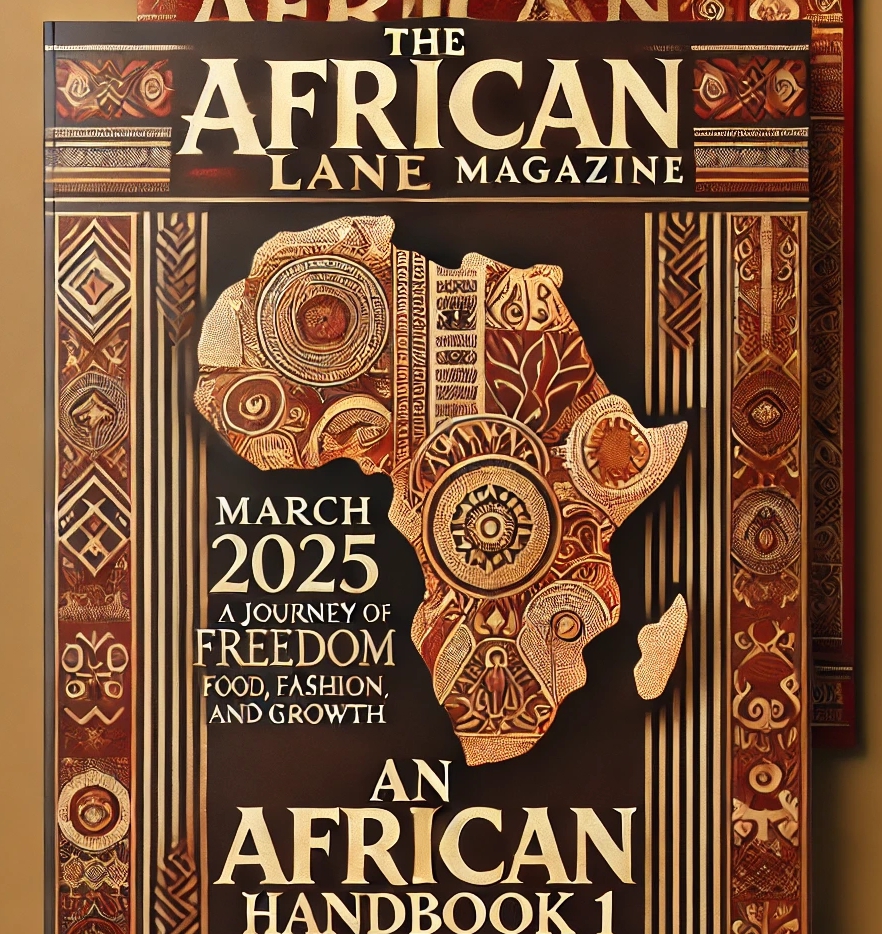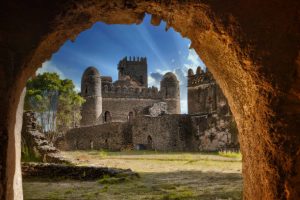#NelsonMandeladay: The life and legacy of Nelson Mandela
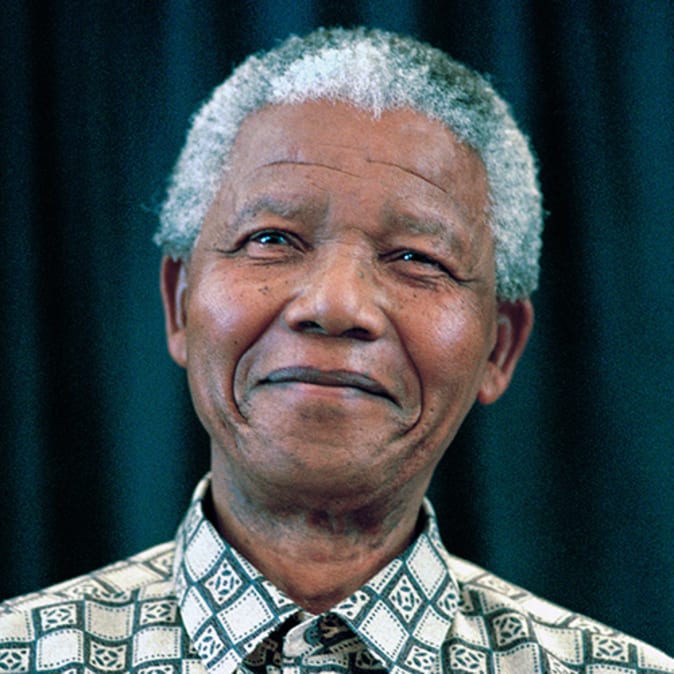
photo-by-per-anders-petterssongetty-images
“I have walked that long road to freedom. I have tried not to falter; I have made missteps along the way. But I have discovered the secret that after climbing great hill, one only finds that there are many more hills to climb. I have taken a moment here to rest, to steal a view of the glorious vista that surrounds me, to look back on the distance I have come. But I can only rest for a moment, for with freedom come responsibilities, and I dare not linger, for my long walk is not ended.”- Nelson Mandela
The above quote can be said to be a l summary of how Nelson Mandela lived his life. He was a man of great courage who gave his all for the freedom and betterment of his country.
Born Rolihlahla Mandela, Nelson Mandela is from the Madiba clan in the village of Mvezo, in the Eastern Cape, on 18 July 1918. His mother was Nonqaphi Nosekeni and his father was Nkosi Mphakanyiswa Gadla Mandela, principal counsellor to the Acting King of the Thembu people, Jongintaba Dalindyebo.
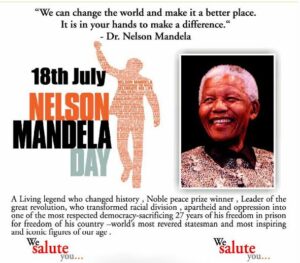
At 12 in 1930, Nelson Mandela
lost his father and became a ward of Jongintaba at the Great Place in
Mqhekezweni1. According to the Nelson Mandela website(nelsonmandela.org), Nelson Mandela dreamt of making his contribution to the freedom struggle of his people upon hearing the elders’ stories of his ancestors’ valour during the wars of resistance.
Mandela began his studies for a Bachelor of Arts degree at the University College of Fort Hare (Then South African Native College) but did not complete the degree there as he was expelled for joining in a student protest.
According to research, on his return to the Great Place at Mqhekezweni, the King was furious and said if he didn’t return to Fort Hare he would arrange wives for him and his cousin Justice. They ran away to Johannesburg instead, arriving there in 1941. There he worked as a mine security officer and after meeting Walter Sisulu, an estate agent, he was introduced to Lazer Sidelsky. He then did his articles through a firm of attorneys –Witkin, Eidelman, and Sidelsky. (nelsonmandela.org).

He completed his BA through the University of South Africa and went back to Fort Hare for his graduation in 1943.
Political Involvement In 1948 the National Party’s white-only government established apartheid, a system of racial segregation that privileged whites, Mandela and the ANC committed themselves to its overthrow. In 1952 in Johannesburg, with fellow ANC leader Oliver Tambo, Mandela established South Africa’s first Black law practice, specializing in cases resulting from the post-1948 apartheid legislation.
Also that year, Mandela played an important role in launching a campaign of defiance against South Africa’s pass laws, which required nonwhites to carry documents (known as passes, passbooks, or reference books) authorizing their presence in areas that the government deemed “restricted” (i.e., generally reserved for the white population). He traveled throughout the country as part of the campaign, trying to build support for nonviolent means of protest against the discriminatory laws. In 1955 he was involved in drafting the Freedom Charter, a document calling for nonracial social democracy in South Africa. (Britannica)
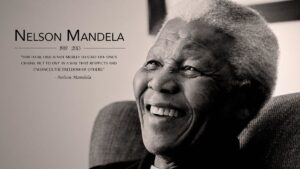
According to Nelson Mandela “I learned that courage was not the absence of fear, but the triumph over it. The brave man is not he who does not feel afraid, but he who conquers that fear.”
After the massacre of unarmed Black South Africans by police forces at l Sharpeville in 1960 and the subsequent l banning of the ANC, Mandela abandoned l his nonviolent stance and began advocating acts of sabotage against the South African regime. He went underground (during which time he became known as the Black Pimpernel for his ability to evade capture) and was one of the founders of Umkhonto we Sizwe (“Spear of the Nation”), the military wing of the ANC.
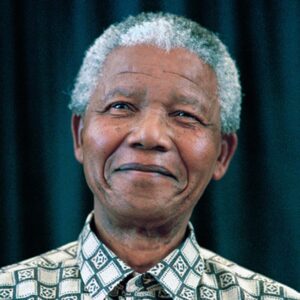
On 11 January 1962, using the adopted name David Motsamayi, Mandela secretly left South Africa. According to Wikipedia, The ANC decided to send Mandela as a delegate to the February 1962 meeting of the Pan-African Freedom Movement for East, Central, and Southern Africa (PAFMECSA) in Addis Ababa, Ethiopia.
Leaving South Africa in secret via Bechuanaland, on his way Mandela visited Tanganyika and met with its president, Julius Nyerere. Arriving in Ethiopia, Mandela met with Emperor Haile Selassie and gave his speech after Selassie’s at the conference. After the symposium, he traveled to Cairo, Egypt, admiring the political reforms of President Gamal Abdel Nasser, and then went to Tunis, Tunisia, where President Habib Bourguiba gave him £5,000 for weaponry.
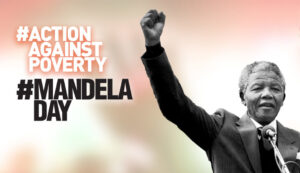
He proceeded to Morocco, Mali, Guinea, Sierra Leone, Liberia, and Senegal, receiving funds from Liberian President William Tubman and Guinean President Ahmed Sékou Touré. He left Africa for London, England, where he met anti-apartheid activists,nreporters, and prominent politicians. Upon returning to Ethiopia, he began a six-month course in guerrilla warfare but completed only two months before being recalled to South Africa by the ANC’s leadership.
On August 5, shortly after his return, Mandela was arrested at a roadblock in Natal; he was subsequently sentenced to five years in prison. Many MK members suspected that the authorities had been tipped off concerning Mandela’s whereabouts, although Mandela himself gave these ideas little credence. In later years, Donald Rickard, a former American diplomat revealed that the Central Intelligence Agency, which feared Mandela’s associations with communists, had informed the South African police of his location.
For more details on Nelson Mandela’s visit
https://theafricanlane.com/wp-content/uploads/2022/07/The-African-Lane-Magazine-2nd-Edition.pdf
